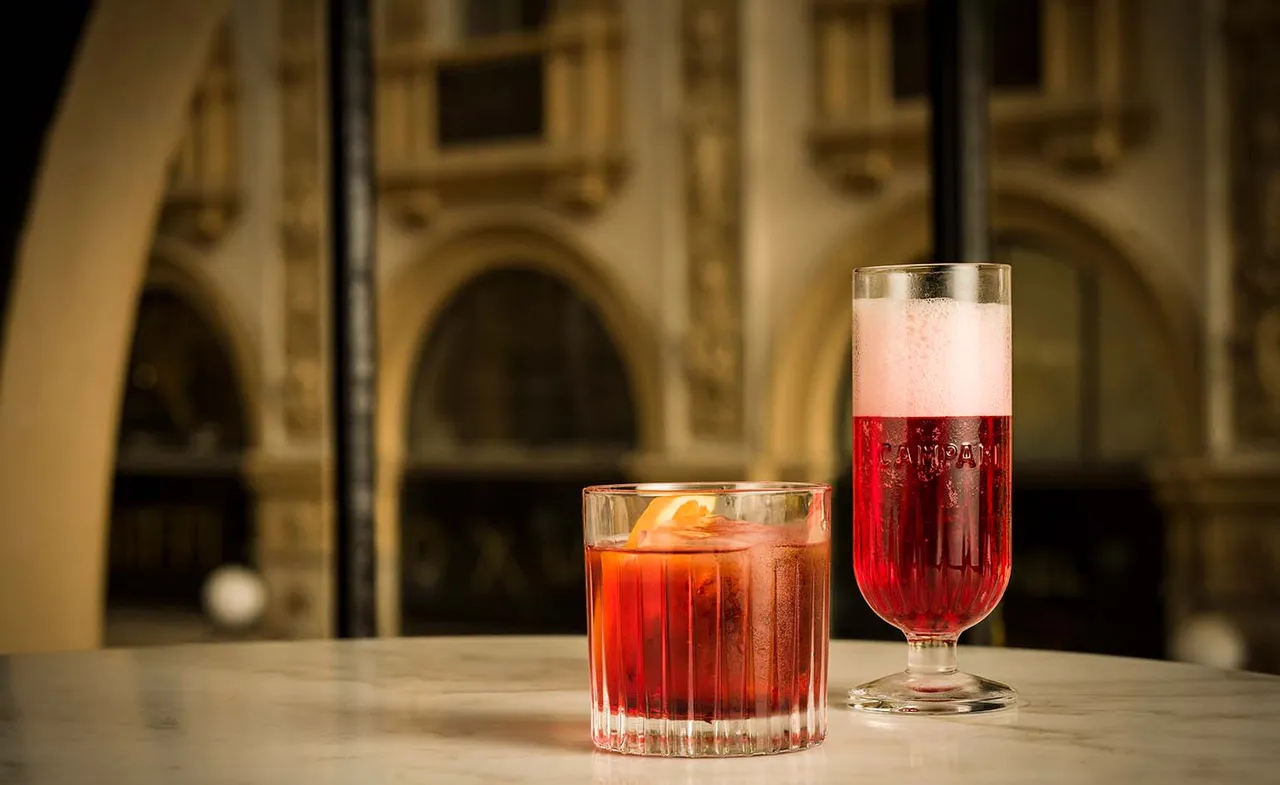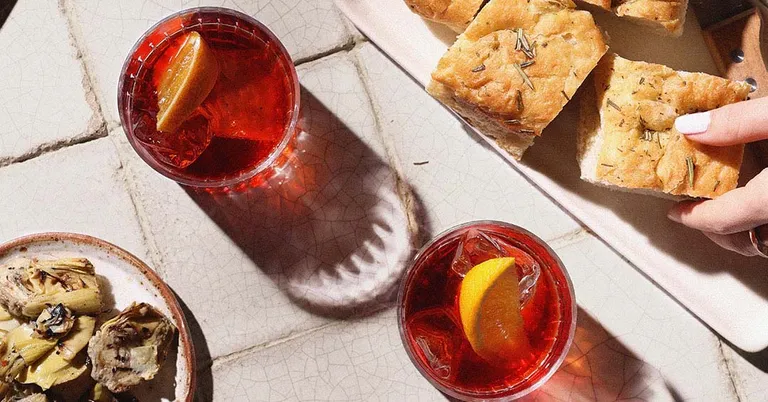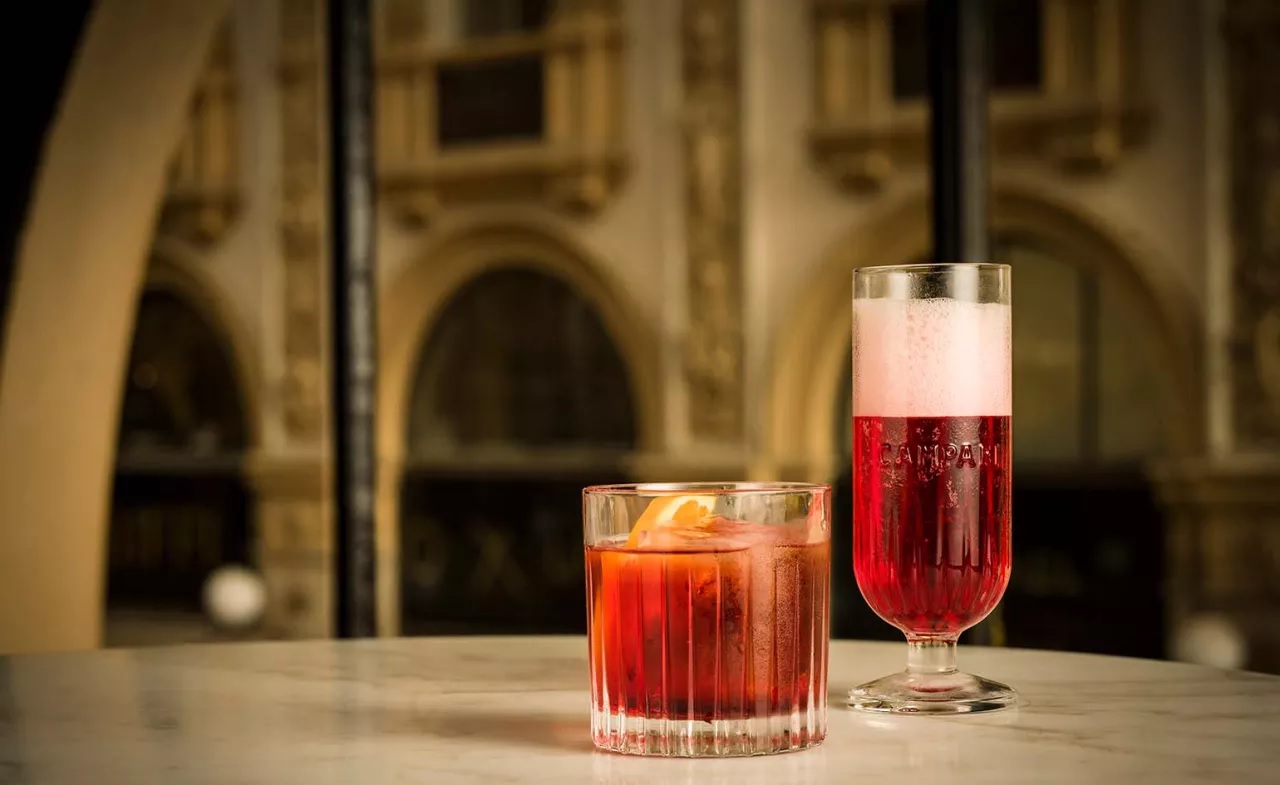Wallpaper* – Where better to indulge in the delights of the Italian golden hour than Milan, the home of Campari? We trace the origins of the city’s signature aperitivo

There’s a liquid flowing through Milan as vital as the water running in the river Po; as connected to the city as the river’s hidden tapestry of da Vinci-designed navigli – canals – that spread out among the Neoclassical and Gothic constructs and under the feet of the Milanese; as defining of Milan’s identity, inwards and outwards, as La Scala opera house or the city’s magnificent cathedral.
The liquid is, of course, Campari.
The history of the aperitivo
If the comparisons sound a little overwrought, an aperitivo pilgrimage to Italy’s second (and in many ways, first) city would change the mind of the most ardent cynic. For the uninitiated (surely not?), an aperitivo is a pre-meal drink, designed to get the juices flowing, metaphorically and literally, for the feast ahead. However, the culture of aperitivo dwarfs any idea of a quick snifter before a sandwich: generally observed between 7pm and 9pm across Italy, aperitivo is a national sport, the country coming together to enjoy some light dishes and a drink or two before heading for dinner proper. This is happy hour for grown-ups.

What has made this golden evening activity particularly happy has been the role of Campari as apéritif-in-chief. In 1860, 11 years before the unification of modern-day Italy, Gaspare Campari settled upon a recipe for the bitters-style apéritif he’d been tweaking since the 1840s. Containing an infusion of aromatic herbs, roots, woods, spices, flowers and fruits from across the world – thanks to Italy’s role in global trade at the time – the eponymous drink has barely changed for 162 years, forming a cornerstone of aperitivo that persists to this day.


